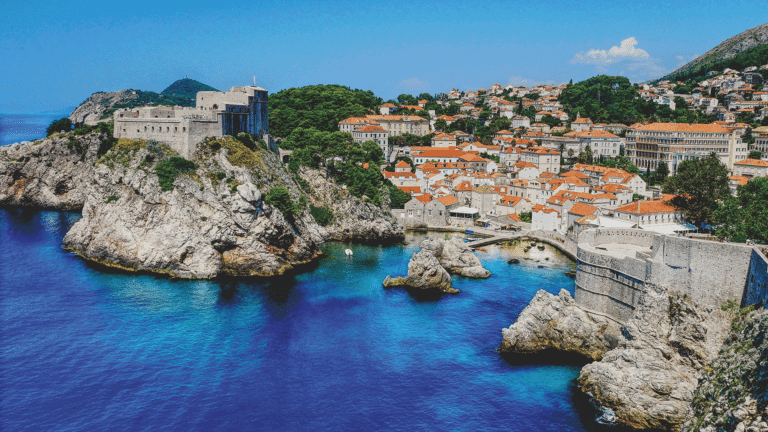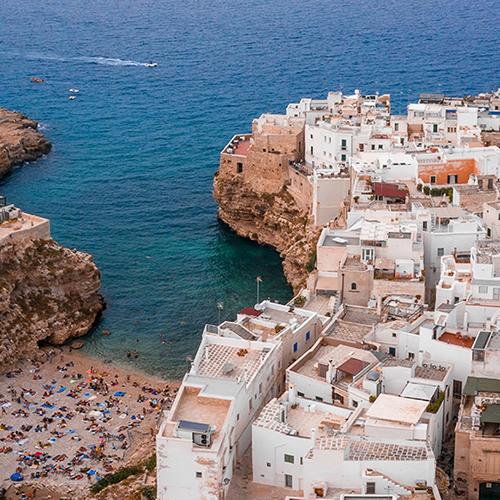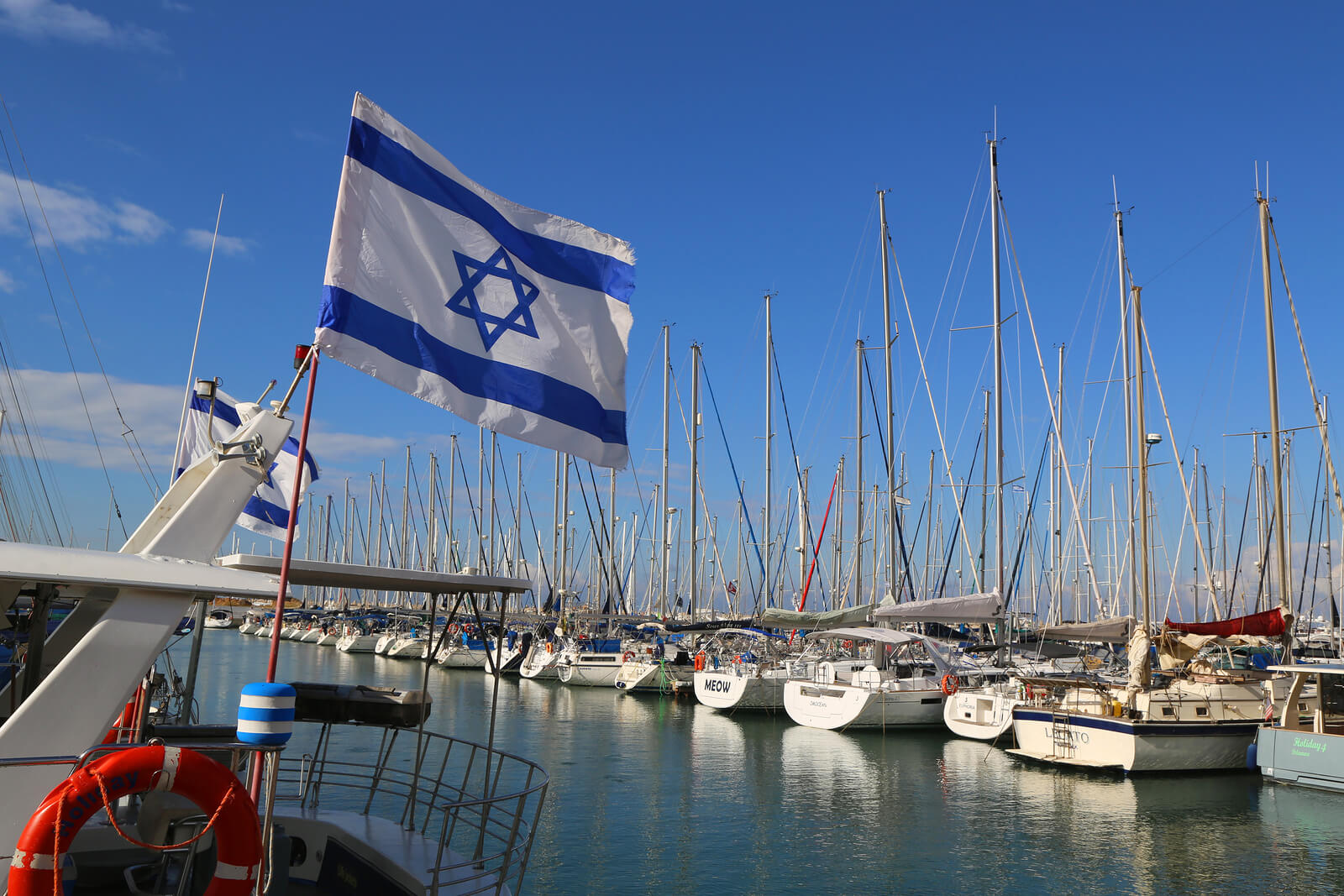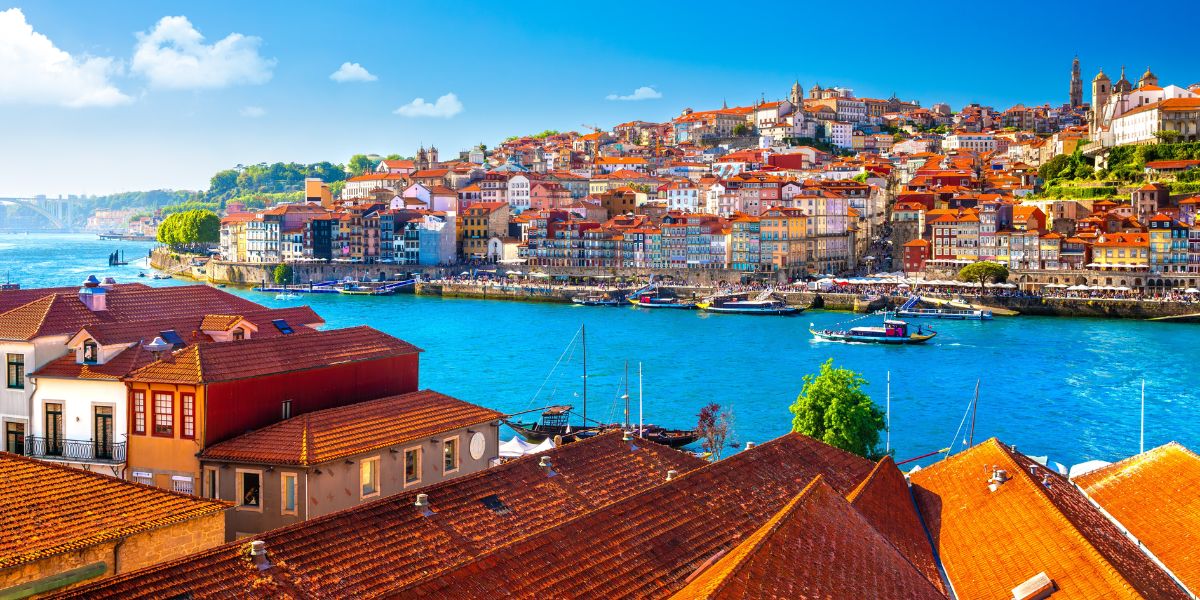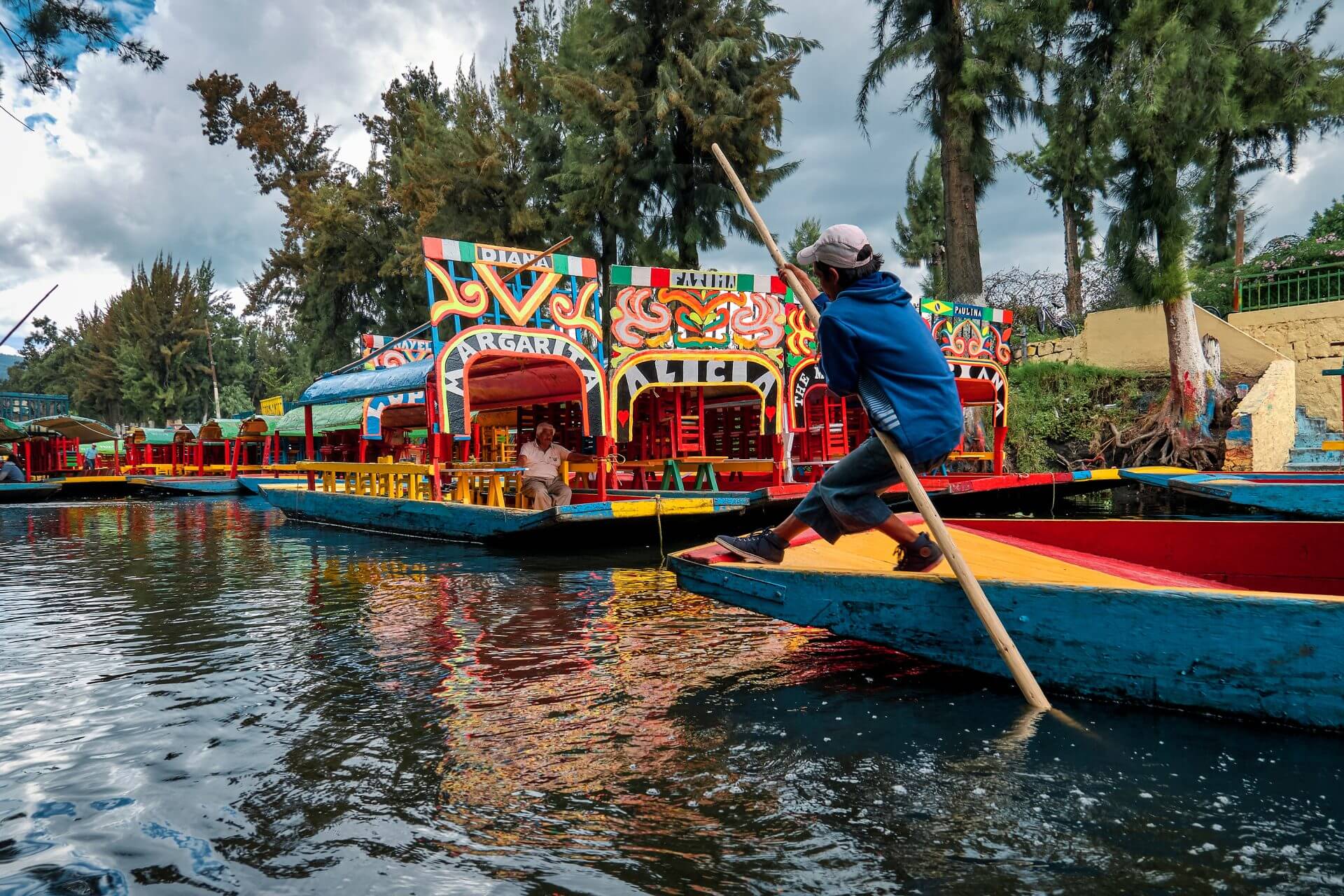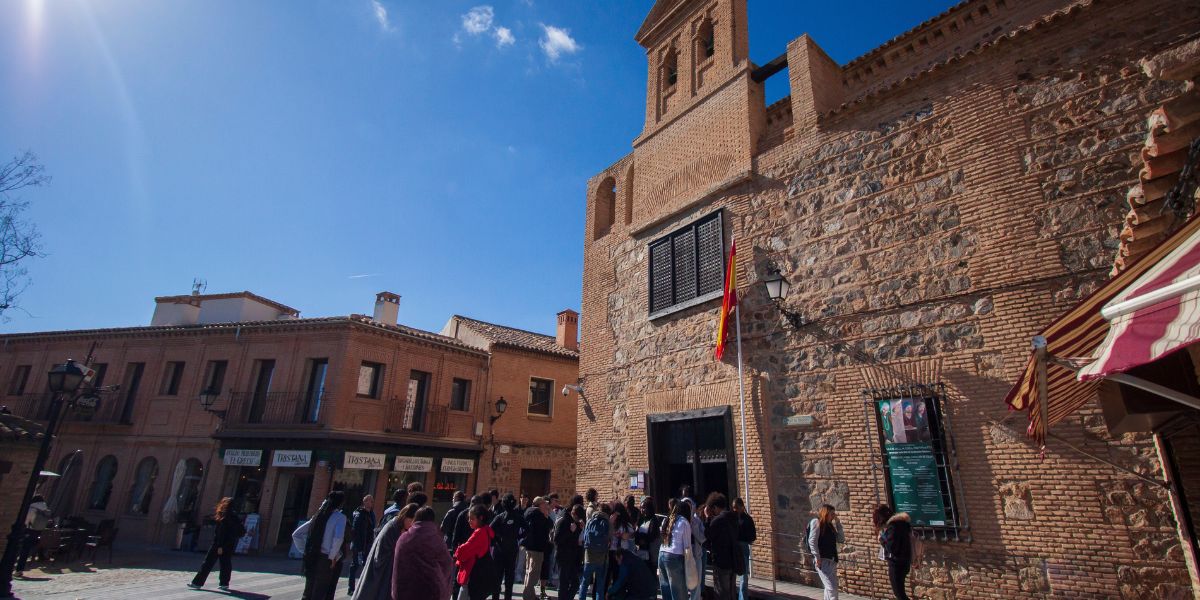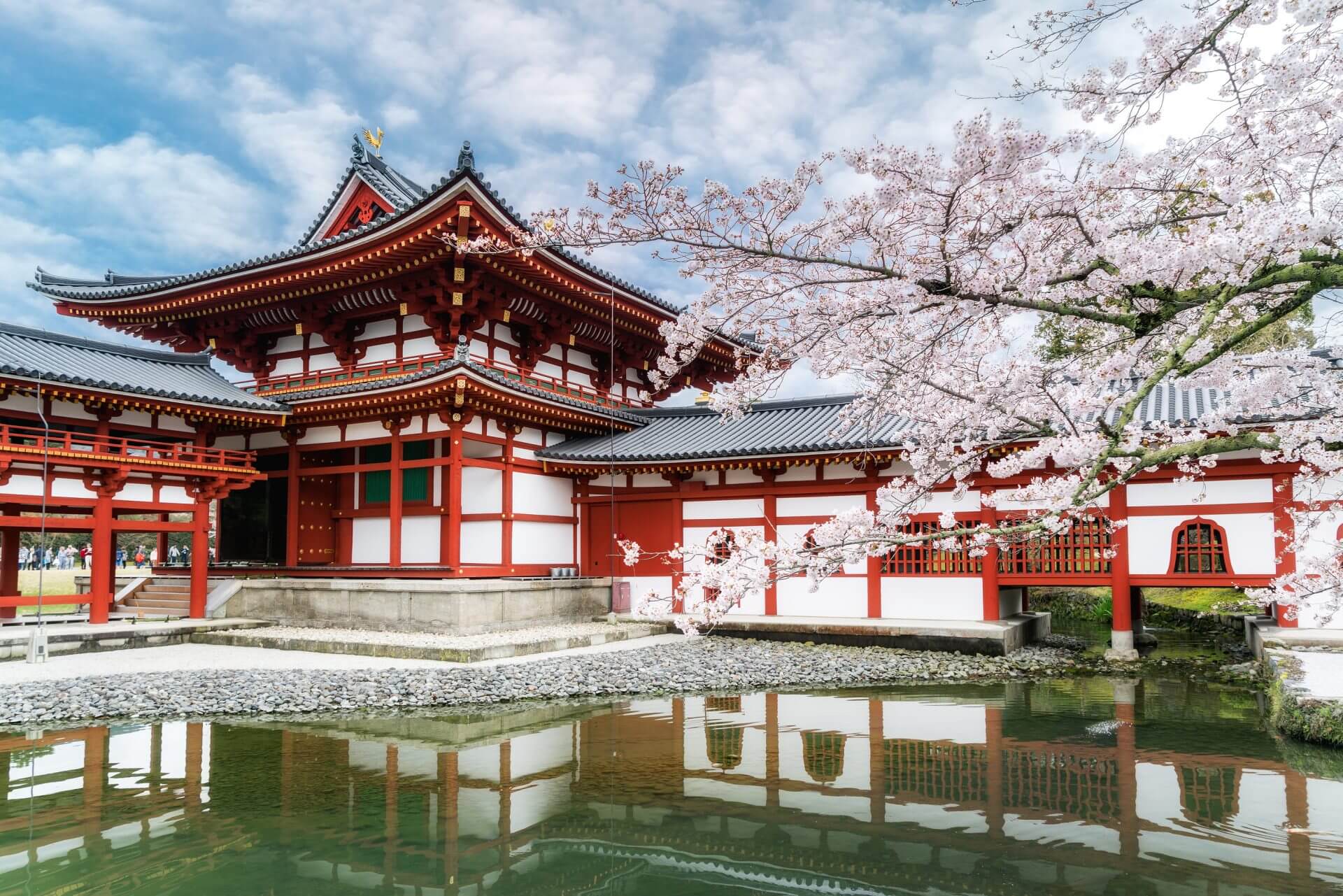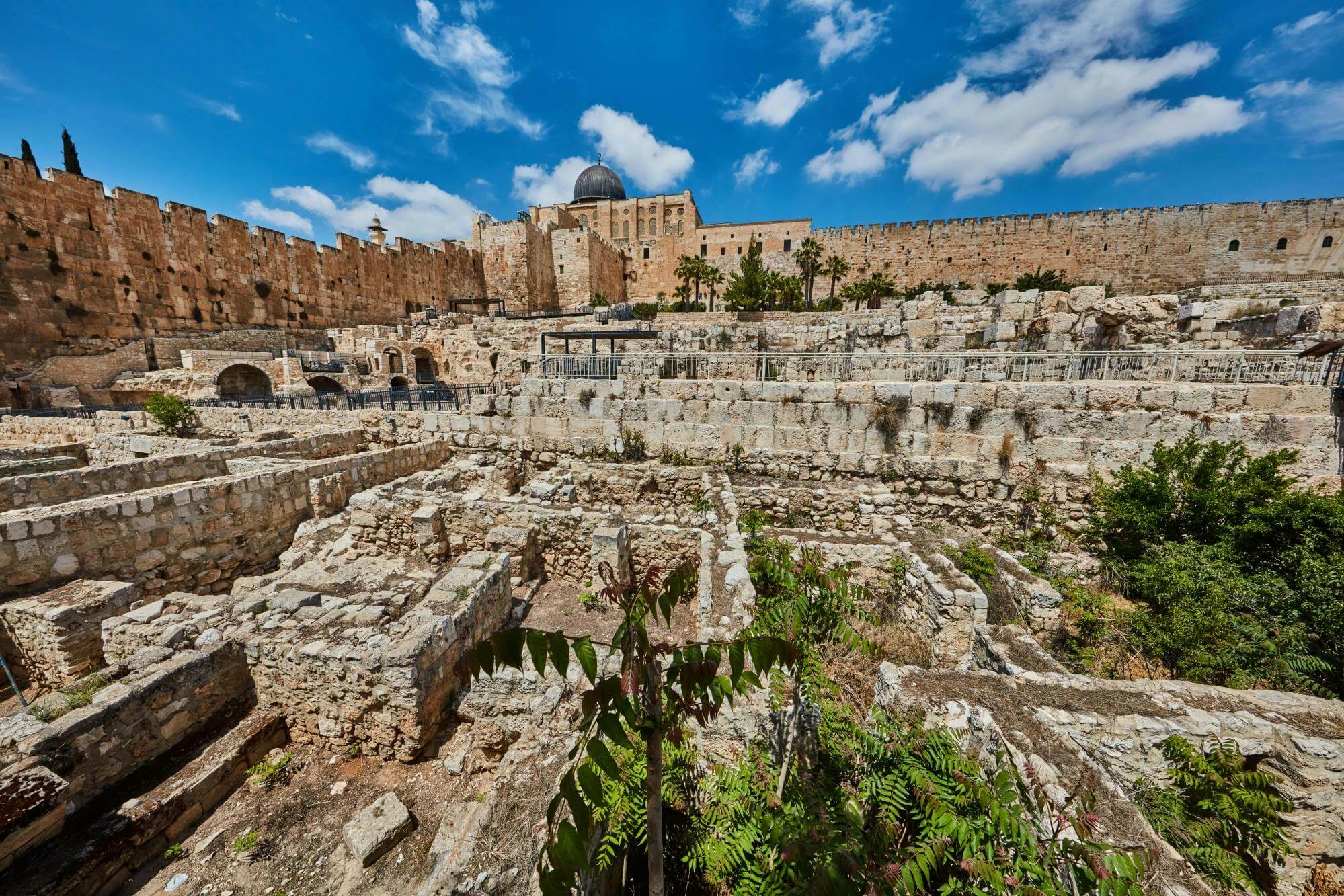The history of the Jewish people in Portugal is over 2,000 years old and has a lot to offer for family trips in terms of scenic locations and mysterious places. Would you like to travel to one of the most beautiful places in the world and connect with one of the strongest Jewish roots in Europe? Well, Visiting Portugal may just be what you are looking for.
With a Jewish community existing from long before this piece of land called Portugal, and the earliest known presence of Jewish people in the territory was in 482 CE, no wonder Portugal is great for family historical visits surrounding Judisam.
Uncover Portugal’s Rich Jewish History
The Jewish people have been through many phases of Portuguese history. From living under Moorish rule in a Golden Age to the reconquering of the area by the Christian kingdoms, the Jewish population has played an interesting role in all of these, often used as spies or diplomats during conflict due to language skills in Arabic and large mercantile networks.
The most famous period for Jews in Portugal is also one of the most tragic. After years of establishing the Jewish Community, freedom of worship, and even positions in high-ranking positions, the Inquisition of Spain in 1478 changed the trajectory of the Jewish community in Portugal forever. Many Jews actually fled from Spain to Portugal after the first expulsion, until Portugal changed its policies and forced Jews to either convert or leave.
After World War II, Jewish refugees came to Portugal and again the Jewish community grew. Today, while it remains a small community, there is a present Jewish community and plenty of Jewish history to explore.
Portugal is an ideal location for a custom Jewish heritage family tour. If your own family is from Portugal, a custom route exploring the places they lived in is a great opportunity to get up close and personal with your own history. If you love history, a trip focused on museums and important locations could be the right kind of itinerary. But where could you go on a custom trip to Portugal? We’ve compiled some of our favorite places that we love to send people to during Jewish family tours to Portugal to on Jewish visit to Portugal.
What is the number one tourist attraction in Portugal?
There are so many amazing places to see in Portugal, but Saint George’s Castle in the Alfama neighborhood of Lisbon is the number one attraction in Portugal. It receives over two million visitors every year. After that, the Algarve region is very popular, including beaches, beautiful hotels, and great food.
Which part of Portugal is the most beautiful?
Portugal is full of beautiful places, but some of the most beautiful regions are Algarve, Lisbon, Alentejo, and Porto. They’re all known for their charming villages and spectacular views.
What are the best things to do in Portugal with kids?
Portugal is known to be one of the most family-friendly destinations in Europe! With 300 days of sunshine, incredible landscapes, including parks and pristine beaches, fairytale castles, and a multitude of interactive museums, families will have no problem planning a trip the entire family will enjoy! Here are some unique museums, workshops, and experiences that will help you and your kiddos create unforgettable memories:
-
World of Discoveries – Porto
- An interactive digital exhibition covering 5,000 square meters of sensory experiences that reimagines the journey early Portuguese navigators undertook to discover the world.
-
The Tramcar Museum – Porto
- This family favorite explores the history of Porto’s iconic electric trams and takes visitors back to the past when electric cars and other vehicles dominated Portugal’s streets. Explore a collection of restored electric vehicles, interactive displays, photographs, documents, and more.
-
Peneda-Gerês National Park
- If you’re looking for adventure and stunning landscapes, this national park will check all the boxes, with breathtaking trails, traditional Portuguese villages, wild horses, thermal springs, waterfalls, and many more activities!
-
Museum of Ceramics – Caldas da Rainha
- Immerse yourselves in the centuries-old history and traditions of Portuguese ceramics, including kid-friendly workshops organized by the museum.
-
Traditional tile painting workshop, Museu Nacional do Azulejo – Lisbon
-
Tuk tuk tours – Lisbon
- Forget bus tours – Tuk tuk tours are the way to go if you want to discover Lisbon on the go in these one-of-a-kind 100% electric vehicles.
-
Quinta da Regaleira – Sintra
- This opulent country estate is a UNESCO World Heritage site. It consists of vast grounds and enchanting gardens, including a mysterious initiation well, a promenade of Greek God statues, and a chapel.
-
Portugal dos Pequenitos – Coimbra
- A theme park with miniature versions of Portugal’s architectural landmarks
-
Legends of Porto
- Visitors will be transported to different historical settings throughout Porto’s history and learn about famous events, figures, myths, and legends that surround the city!
Grutas de Mira de Aire
-
- Travel over 100 meters underground and explore Portugal’s largest cave systems that go back 175 million years to the Middle Jurassic age, when the dinosaurs populated this region and whose footprints can be seen here today. Marvel at otherworldly stalagmites, stalactites, opalescent rocks, and other rock formations that are accentuated by colored lights and background music.
How many days in Portugal is enough?
An itinerary of seven to ten days is recommended to really get to know Portugal and immerse yourself in the culture. This way, you can really immerse yourself in the country and get to know more about it.
Without further ado let’s get into the most recommended places to see in Portugal if you are following the footsteps of Jewish history in this amazing country.
Lisbon
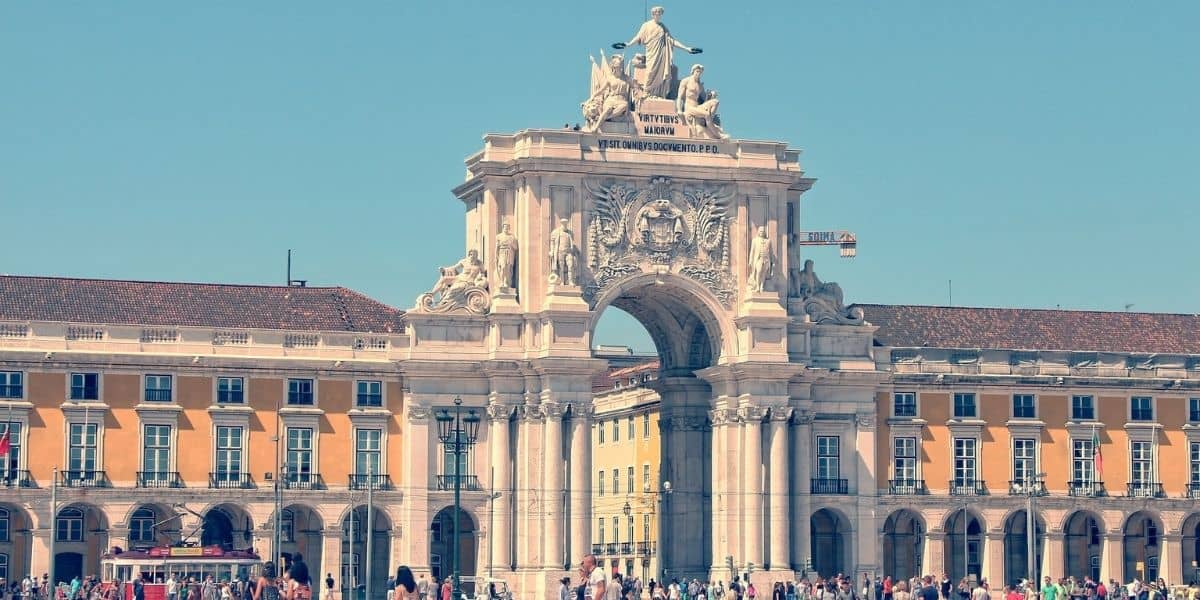
It is said that almost 20 percent of the Portuguese population has Jewish ancestry. Jews had a huge presence in Portugal, and Lisbon was one of the cities where most of the Jews lived and worked, with most of the community living in the Alfama quarter.
On a Jewish heritage tour, walk through the narrow streets and imagine what it would have been like to live there. In addition to the Alfama quarter, there’s another quarter called central Praco do Comercio, near Rossio Square, where the court of the Inquisition was located.
You can find Jewish heritage and history in the most unlikely of places in this city, including the National Museum of Ancient Art, which includes paintings with Jewish themes and Portuguese masterpieces that include Jews wearing stars of David on their clothing.
Visit Shaare Tikva, the Gates of Hope, the main synagogue in Lisbon. It was built in 1904 and was the first synagogue built in Portugal since the late 15th century. It’s home to a collection of documents from the 17th through the 20th centuries.
The Jewish Cemetery of Lisbon is from 1868 unfortunately only loved ones of the buried can visit, but the Cemetery of Estrela has Jews buried there since 1865 and is open to the public.
Alongside history in Lisbon, there are more things you might consider exploring. The Praca do Rossio is where the Jewish Lisbon Memorial is located, dedicated to the victims of a 1506 massacre called the “Lisbon Pogrom”, but the location is also home to plenty of restaurants, bars, and shops.
If you have extra time, take a day trip to Sintra to seek out the Beco de Judiaria.
Explore more Jewish travel options here.
Evora
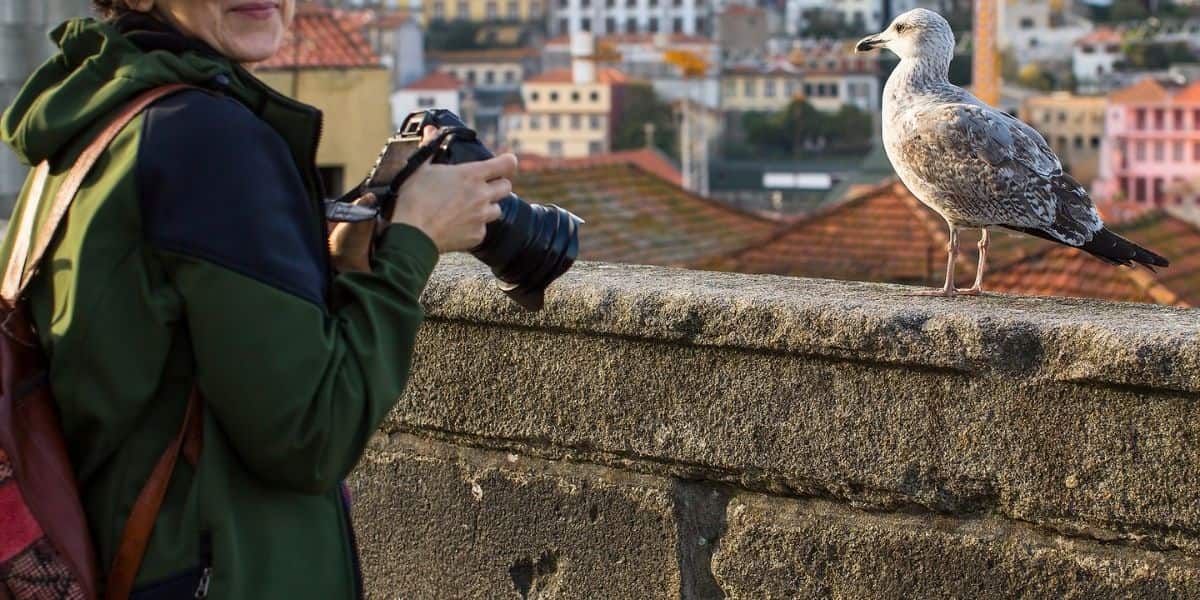
Evora is a stop for sore eyes. At one point it was one of the biggest, most important, and richest Jewish quarters in all of Portugal. It was the second-largest Portuguese city during the Middle Ages, and obviously, an important location that drew people toward it.
The Jewish Quarter in Evora is near Giraldo Square between Portas do Alconchel and Portas do Raimundo. Explore the gothic pointed arch portals of the houses that the Jewish residents used to live in and explore the white houses with yellow and blue decorations around the doors. Much of the community was dedicated to mercantilism, but some explored art, and others were intellectuals.
At one point in the 15th century, Evora had two synagogues there were two synagogues in Evora, as well as, a hospital, a school, and a ritual bath. The Biblioteca Pública de Évora, or the Evora Public Library, is a great place to find books by Portuguese Jews that contributed to scientific progress as well as the age of exploration, including a 15th-century work titled “Almanach Perpetumm” by renowned Portuguese Jewish scholar Abraham Zacuto.
Not all Jewish history in Evora is happy. It was the headquarters of the Holy Inquisition court, which housed a prison and tribunal where those accused of practicing Judaism, witchcraft, heresy, and other crimes, were subjected to trial, persecution, torture, and execution. Today, the building serves as the city museum, and it shares the plaza with the Public Library,
You’ll be hard-pressed to find remnants of Evora’s once vibrant Jewish community after the Edict of Expulsion was decreed in 1496 by King Manuel I who expelled most of the Jews from Portugal, excluding those who agreed to convert to Christianity, who were called crypto-Jews or New Christians. These Jews numbered in the thousands and while on paper they were classified as converted Christians, many continued to practice the Jewish faith in secret.
In the former Jewish quarter (judiaria), one might stumble upon the plaque dedicated to the Jewish community and the 16th-century humanist, Diogo Pires, and markings of a mezuzah on an arch at the top of the quarter. Visiting these two small reminders of Evora’s Jewish past is a must for anybody touring Evora, especially if you’re on a tour of Jewish heritage in Portugal.
Evora is also famous for a morbid Chapel of Bones which is highly recommended to visit, where the walls are covered in real human bones, a Roman temple, and a very intact aqueduct.
Marvao
Two hours west of Lisbon, high above the plains of the Alentejo region, Marvao is famous for its 13th-century castle and breathtaking views. It’s 2,900 feet high, and to get there, you have to drive up a pretty steep road.
The terracotta roofs, flower gardens, and whitewashed walls take you to a different time, but at a different time, this was a center for Jewish life.
In terms of Jewish life, the town museum speaks to the past of this special village. There are medieval tombstones, brightly-colored tiles, and an entire room dedicated to the Jewish history of the region.
Many Jews fled to Marvao during the inquisition, and the nearby village, Castelo de Video, is only four miles away and worth it for the Jewish history. There’s a Medieval Synagogue there and a really well-preserved Jewish quarter. The village fountain has a huge tulip, which was the symbol Sephardic Portuguese Jews brought to Holland, where it became a national symbol.
Belmonte
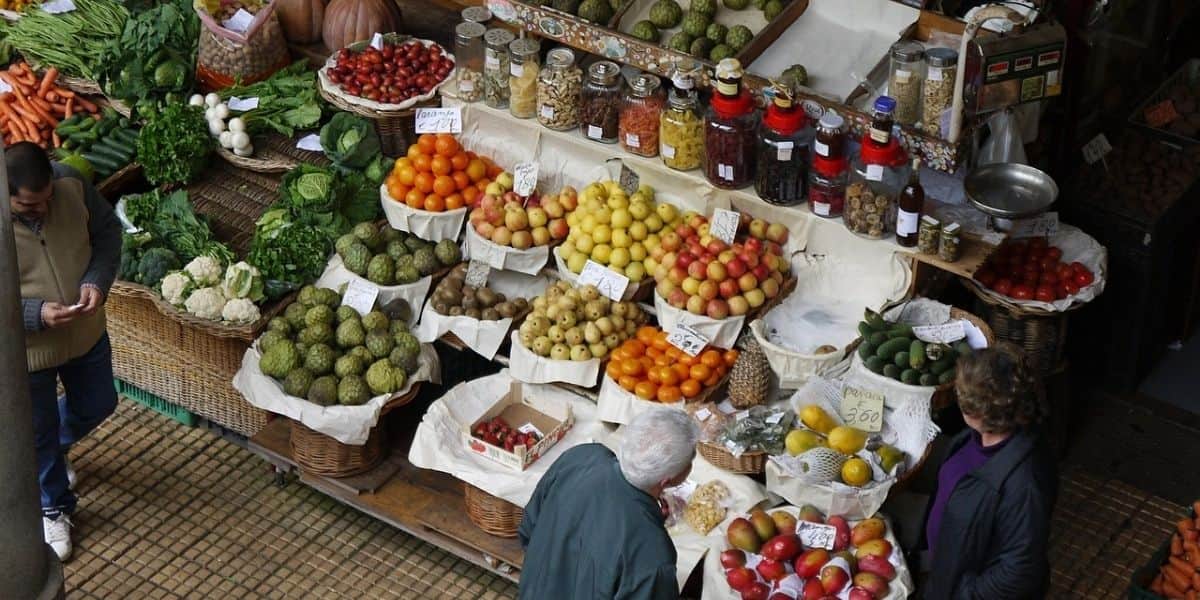
The Jewish community of Belmonte goes all the way back to the 12th century. It was a hub for Conversos, otherwise known as crypto-Jews or New Christians, those who survived by practicing their Judaism in secret. The community was only discovered in 1917 by a Polish Jewish mining engineer named Samuel Schwartz. He even wrote a book about it, titled “The New Christians in Portugal in the 20th Century”. In 1994, an Israeli Rabbi went to the town to convert the hidden Jews.
During your Jewish heritage tour in Belmonte, visit the Bet Eliahu synagogue in Belmonte, which opened in the 1990s, called Bet Eliahu. A and the Jewish Museum of Belmonte, which opened in 2005.
Belmonte Jewish Museum
This Portuguese Museum is the first of its kind to portray the history of the Jewish people of Portugal, including their integration, contributions to society, including art, literature, and the economy, and insight into Jewish life under the Inquisition, with particular attention to the crypto-Jews who lived in the region, who for centuries resisted expulsion decrees from Catholic monarchs.
Visitors can gain an understanding of how Jews in Portugal lived throughout the centuries through the museum’s vast collection of religious and cultural artifacts tied to the country’s Jewish and crypto-Jewish communities from the Middle Ages up to the 20th century. It is considered one of the best Jewish museums in the Iberian Peninsula attracting over 30,000 visitors annually!
There are also other sights in Other top sights to see in Belmonte including a cheese museum, an olive oil museum, and a beautiful castle.
Trancoso
Trancoso, located in northern Portugal, is a medieval town with a strong Jewish past. In the 15th century, the community was at 500 Jewish people, and their hints are shown in all of the corners of the city. Hebrew inscriptions and stars of David can be found on doors, as well as candlesticks carved in stone.
The most famous Jewish house in the city is the Casa de Gato Preto (the house of the black cat). Here, you can observe the lion of Judah, as well as the walls of Jerusalem, carved around the door.
At the Jewish Cultural Center Isaac Cardoso, visit the Beit Rayim Synagogue, two exhibition halls, a garden, and a courtyard with a well and Hebrew inscriptions. There are even archives on the history of the Jews of Trancoso during the Inquisition.
Interested in a foodie tour of Portugal?
Tomar
The synagogue in Tomar was built in 1430 and completed in 1460. Soon after in 1496, the Jews were expelled and the synagogue became a prison, then a hay barn. But in 1920 the synagogue was rediscovered by archaeologists as a synagogue. Now, there is a Portuguese-Jewish museum in the building.
There are parts of a Mikveh in the excavated synagogue and the only way to see it is a synagogue from the outside is a star of David. Otherwise, it fits in well with the other whitewashed buildings in the neighborhood.
Other tourist activities in Tomar include an Aqueduct, a few castles, a national forest, and a lovely park.
Obidos, which is close by, is what you think of when you think of medieval Portugal–white houses decorated with yellow and blue. There’s a Jewish quarter in the town, as well as a synagogue.
Porto
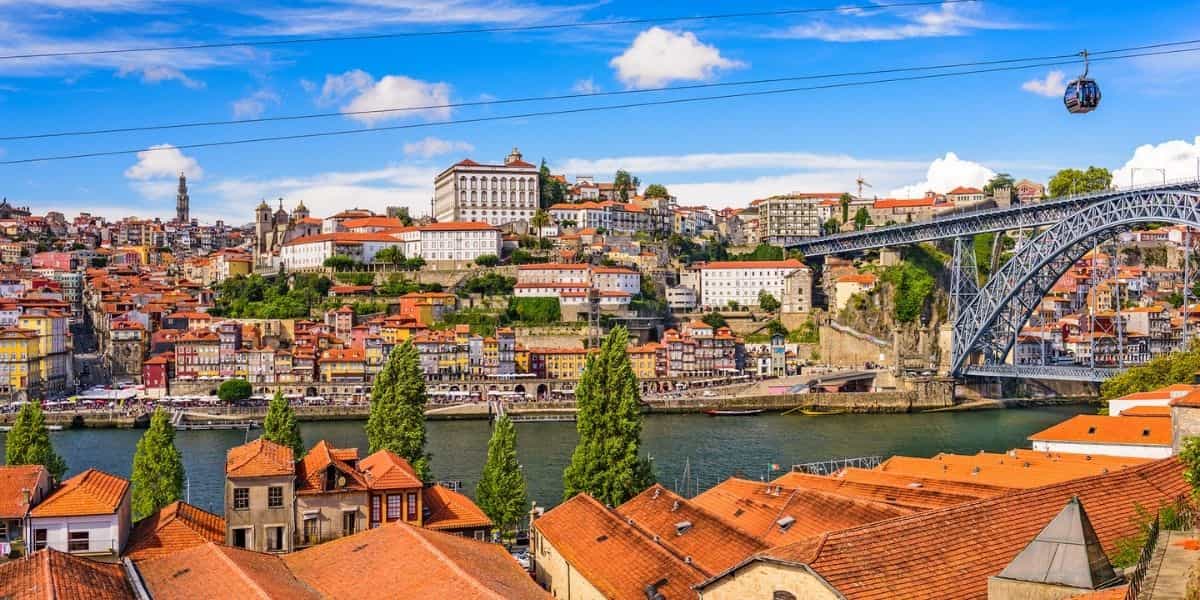
Porto is home to one of the oldest Jewish communities in Portugal. Since the earthquake of 1755 did not destroy the city, the Jewish quarter is still intact. Explore the balconied houses, narrow streets, and interesting street names like “Rue Monte Judeus”. Visit the plaque where the main synagogue used to stand.
There’s even an ancient Jewish cemetery at Passeio das Virtudes, the famous Kadoorie Synagogue, and a yeshiva, making this Porto a must-visit during your tour of Jewish heritage in Portugal.
full location for Jewish heritage.
Kadoorie Mekor Haim Synagogue
Since its inauguration in 1938, the Kadoorie Mekor Haim synagogue has served the region’s Jews as a center of religious and community life. The founder of the synagogue, Artur Barros Basto, had dreamt of helping crypto Jews, or Marranos, return to traditional Jewish practices and aspired to create a space where Jews of all rites could come together to worship God. The synagogue emphasizes education, for which it offers several programs aimed at teachers and students, and diversity.
Today, the community has 500 members and is growing. The Kadoorie Mekor Haim synagogue is the largest synagogue in the Iberian Peninsula. The synagogue interior is inspired by Moroccan and Art Deco design It’s decorated with Moroccan and Art Deco Decor. A total of 600 seats are available for worshippers, split into a men’s and women’s section, a mikveh, a library, kitchens and dining areas, and not one, but two sukkot!
The building is open to synagogue-goers every day of the year, with thousands of Jews from Porto and the surrounding areas pouring in every week to pray and use the synagogue’s other facilities. The members of the synagogue hail from over 30 countries and maintain varying degrees of religious observance, leading the synagogue to employ two rabbis – an Ashkenazi rabbi and a Sephardi rabbi.
To this day, daily services are held, but tourist visits are not allowed, as the synagogue is considered a religious house of worship, not a museum. Tourists are instead directed to the Jewish Museum and Holocaust Museums.
Today, Porto’s Jewish community has seen an unprecedented surge in population in the last decade thanks to a law passed that gives citizenship to the descendants of those expelled during the Inquisition.
It’s possible to eat kosher food in Porto, Kosher food is readily available in Porto, offering a kosher hotel called Hotel Da Musica, a kosher restaurant and butcher, an abundance of vegan options, and an active synagogue, making it a great destination for Jewish family tours in Portugal. and it’s an easy place to travel for heritage tours.
After visiting Porto, consider visiting Nazare, a famous fishing village where surfers battle giant waves.
Coimbra
In the 10th century, there were Jews in Coimbra, which had the oldest documented presence of Jews on Portuguese territory. Coimbra has its own Jewish Quarter called the Rue Corpo de Deus. In 2013, a mikveh dating back to 1370 was discovered in the area, making it among the oldest ritual baths in Europe. It is suspected that a synagogue was once located in the near vicinity!
Another Portugal Jewish history site you can see in Coinmbra is the 15th-century book titled the Bíblia Hebraica de Abravanel – a perfectly preserved Hebrew bible handwritten in 1450 that somehow survived the Inquisition! This rare artifact was commissioned by Issac Abravanel – an affluent Sephardi Jew who commissioned twenty such Hebrew bibles over his lifetime!
Visit the Largo da Portagem, explore the defensive walls of the city, see a mikveh, and visit the Inquisition Square, as well as a Jewish history museum. There’s also a Jewish Fountain in the city.
After visiting these heritage sites, take a stroll through Coimbra’s is also home to spectacular gardens, the Jardins de Quinta das Lágrimas, as well as a the Machado de Castro National Museum, and a miniature museum village with reproductions of Portugal’s most iconic landmarks – a great option for families with children!
To sum things up
This list is only the beginning of all the wonderful ways to travel through Portugal. Jewish heritage in Portugal goes deep with many Israelis and Jews from all over the world getting a Portuguese passport in recent years, and there’s no better way to learn about it than on a custom-designed tour with a knowledgeable tour guide.
Walk through medieval Jewish quarters, meet Portuguese Jews and other locals, and see remnants of communities past in synagogues, cemeteries, and other spaces. What are you waiting for? Contact Gil Travel now to start planning your very own Jewish family tour to Portugal for a chance to explore the country’s extraordinary Jewish history, beautiful architecture, and stunning natural beauty and create unforgettable memories that will last your family a lifetime!
